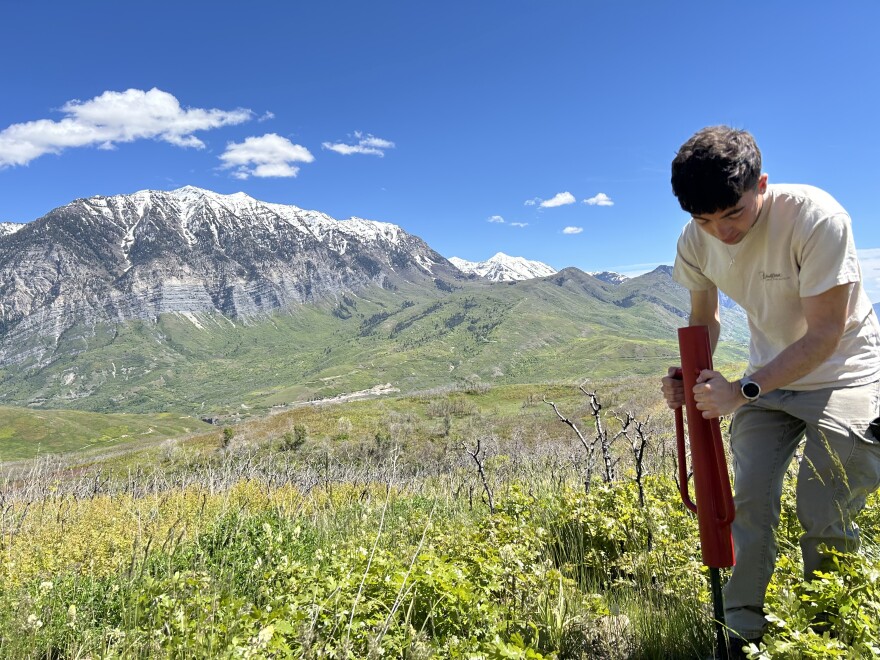Lane Arthur is a graduate student in the Department of Environment and Society at Utah State University.
“We're doing like, a 5-10 minute survey. Would you be interested in participating in that?” Arthur asked.
He and his team arrived before dawn at the Timpanogos State Wildlife Management area in Orem to talk with park goers.
“Have you been to this area before?” Arthur asked.
Arthur wants to know more about how different people recreate on the land and see how that relates to wildlife and human-wildlife interactions.
“Through my work, I'm trying to see whether or not recreationists are truly damaging the lands, and if they really care about the environment of which they're using,” he said.

He said that parks and protected areas, such as Wildlife Management Areas, play a crucial role in preserving biodiversity and also providing recreational spaces. However, as more people seek recreational access, it can be a challenge for conservation and management efforts.
“So Wildlife Management Areas, as prescribed by the state of Utah, are to manage the habitat for the wildlife that need them the most," Arthur said.
That's potentially a very different priority than human use. But Arthur thinks that likely depends on how the people there are actually recreating. He said people who identify with outdoor leisure activities are more likely to practice stewardship, such as following Leave No Trace principles.
“Everybody is passionate about keeping the landscape healthy, keeping the wildlife intact, making sure that there's access to these trails for not only themselves, but to future generations, because they recognize the value of getting outside, the value of connecting to nature, and the value of having these landscapes for the wildlife that need them,” Arthur said.
He thinks that the opinions of visitors to such areas is key to their future. And that means spending a lot of time outdoors asking questions.
“How often do you typically visit?” Arthur asked.



